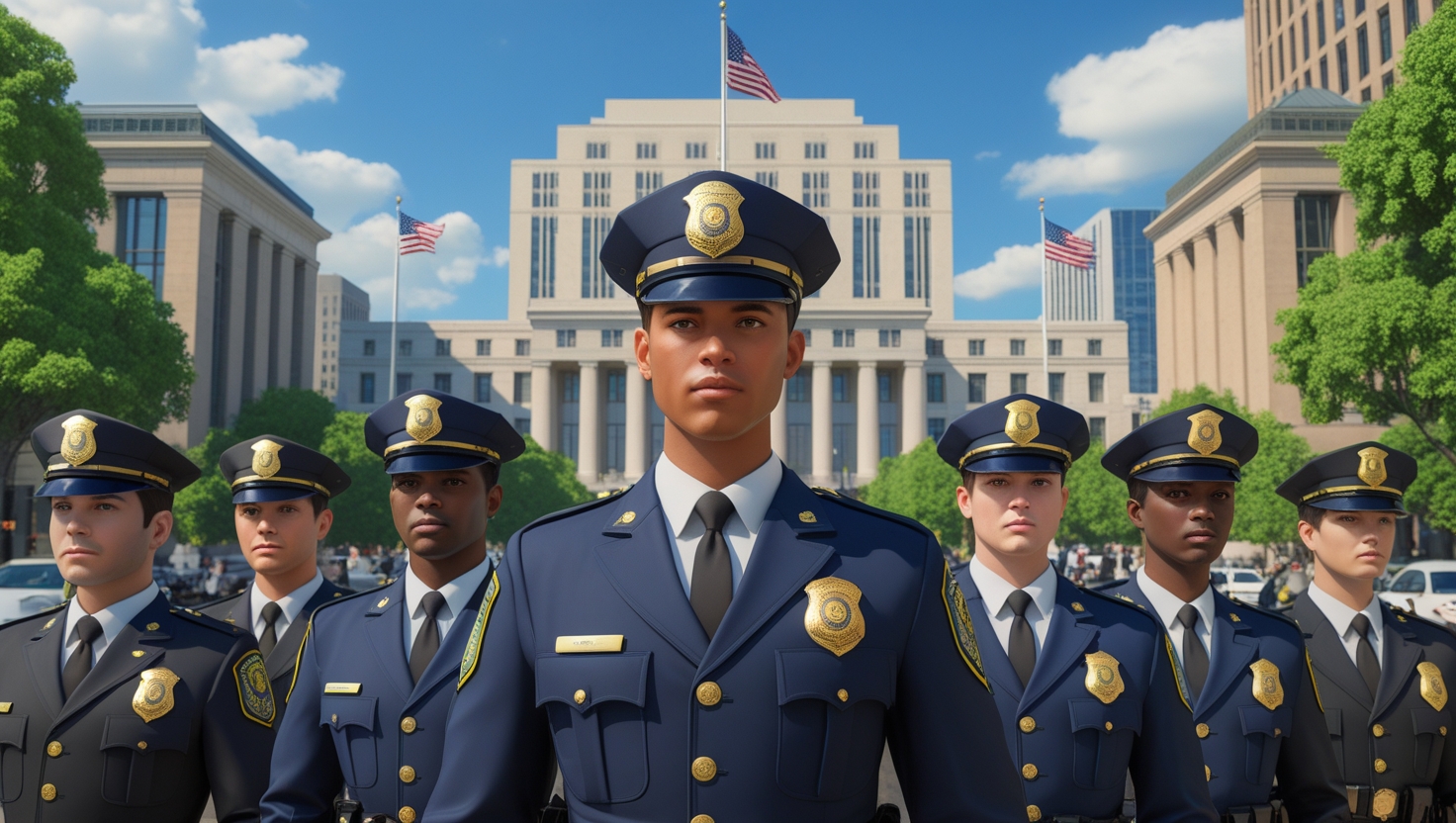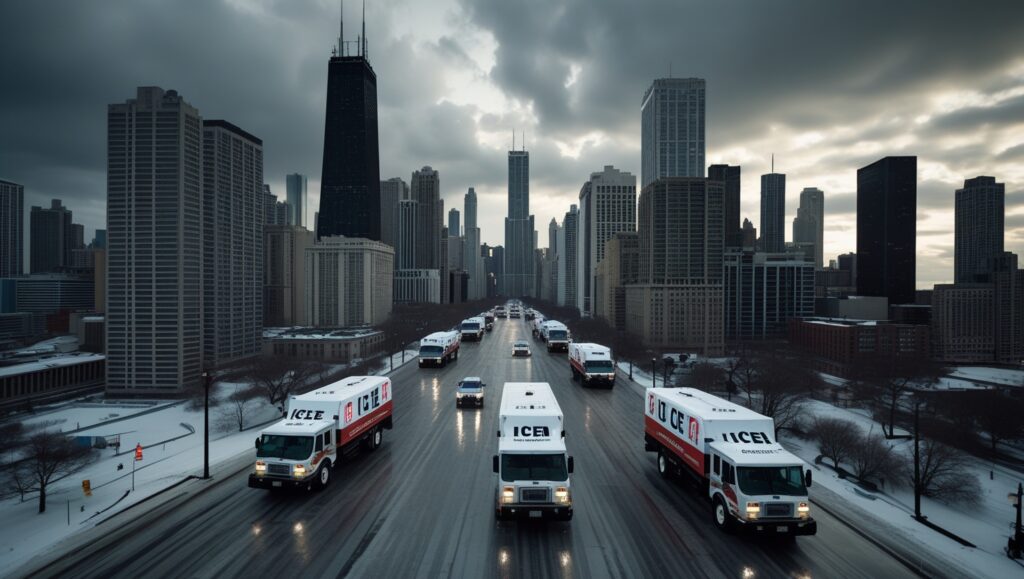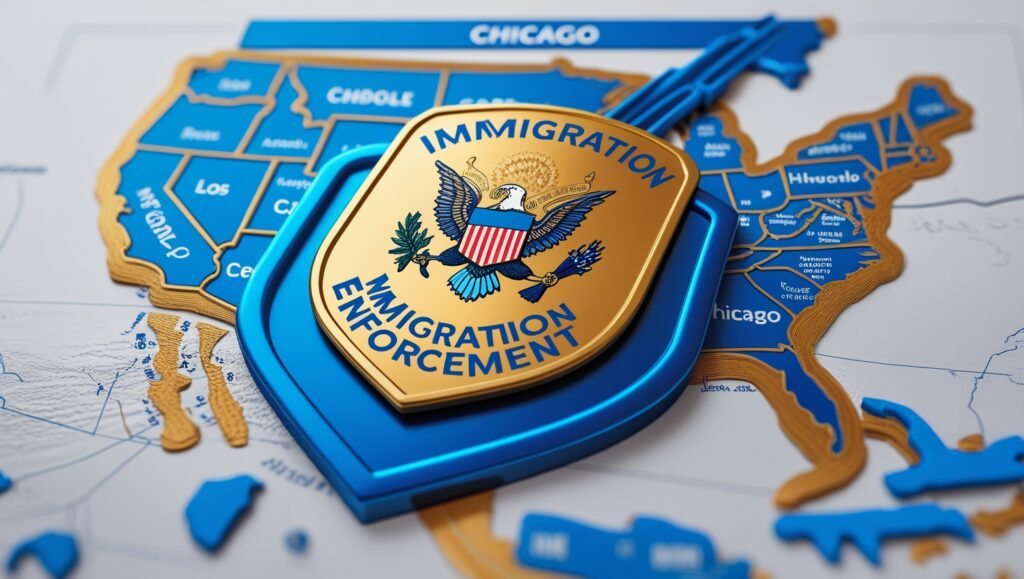Physical Address
304 North Cardinal St.
Dorchester Center, MA 02124
Physical Address
304 North Cardinal St.
Dorchester Center, MA 02124

In a move that’s stirring both political debate and public concern, Immigration and Customs Enforcement (ICE) is set to intensify its presence in several Democratic led cities across the United States. The announcement that ICE will ramp up operations in Democratic-led cities has reignited discussions about federal authority, local governance, and the future of immigration enforcement in urban America.
This development comes amid heightened tensions between federal immigration agencies and city governments that have adopted sanctuary policies. With cities like New York, Los Angeles, Chicago, Portland, and Seattle in the spotlight, the implications of this shift are far-reaching not just for undocumented immigrants, but for law enforcement, civil liberties, and the political landscape.

The phrase “ICE to ramp up operations in Democratic-led cities” refers to a directive from federal authorities to increase immigration enforcement activities such as raids, detentions, and deportations in urban areas governed by Democratic leadership. These cities often have policies that limit cooperation with federal immigration enforcement, commonly known as “sanctuary city” policies.
According to recent reports, the Trump administration has ordered ICE to expand its footprint in cities like Chicago, New York, Los Angeles, Portland, and Seattle2. This includes deploying additional agents, increasing surveillance, and potentially using federal facilities such as naval bases to support operations.
The stated goal is to target jurisdictions that, in the administration’s view, obstruct federal immigration efforts. Critics argue that this move is politically motivated and could lead to civil unrest, while supporters claim it’s a necessary step to uphold immigration laws.
The tension between ICE and sanctuary cities isn’t new. Since its creation in 2003 under the Department of Homeland Security, ICE has been tasked with enforcing immigration laws, including the detention and deportation of undocumented individuals.
Sanctuary cities, on the other hand, emerged as a response to concerns about racial profiling, community trust, and the humanitarian impact of aggressive immigration enforcement. These cities often refuse to honor ICE detainers or share information about undocumented residents unless legally required.
The conflict escalated during the Trump administration’s first term, with threats to withhold federal funding from sanctuary jurisdictions and high-profile raids in cities like Oakland and New York. The latest directive to ramp up ICE operations in Democratic-led cities marks a continuation and intensification of that strategy3.

The timing of ICE’s ramp-up is politically significant. It follows renewed criticism from President Trump about crime rates in cities like Chicago, suggesting that local leadership is failing to protect residents. The administration has framed the move as a response to rising violence and a lack of cooperation from Democratic officials.
Additionally, the announcement comes amid broader debates about immigration policy, border security, and federalism. With the 2026 midterm elections approaching, immigration remains a polarizing issue that could influence voter turnout and party messaging.
From a logistical standpoint, ICE’s expansion could involve increased use of federal resources, such as the proposed use of Naval Station Great Lakes near Chicago. This raises questions about jurisdiction, transparency, and the role of military infrastructure in domestic law enforcement.
Supporters of the move argue that it’s a necessary step to enforce immigration laws uniformly across the country. They claim that sanctuary policies create safe havens for undocumented immigrants, some of whom may have criminal records. By increasing ICE’s presence, they believe cities will become safer and more accountable.
Opponents, however, warn of serious consequences. They argue that aggressive enforcement undermines community trust, especially among immigrant populations. Local police departments often rely on cooperation from residents to solve crimes, and fear of deportation can deter people from reporting incidents or testifying in court.
There’s also concern about civil liberties. Mass raids and detentions can lead to wrongful arrests, family separations, and legal challenges. Cities with large immigrant populations may experience social unrest, protests, and strained relations between local and federal authorities.

In Los Angeles, recent ICE raids sparked widespread protests and legal action from city officials. The deployment of National Guard troops and Marines to support ICE operations was met with fierce opposition, with California suing to regain control of its forces.
Chicago has also seen increased federal activity, with discussions about using a naval base as an operations hub. Governor JB Pritzker criticized the move, stating that federal officials had not communicated with his office and were bypassing local governance.
These examples highlight the complex interplay between federal directives and local autonomy. They also underscore the human impact of immigration enforcement families disrupted, communities destabilized, and legal systems overwhelmed.
ICE conducts thousands of arrests each year, with daily quotas reportedly increasing from 1,000 to 3,000 under recent directives. The agency uses advanced surveillance tools, including license plate readers and facial recognition software, to track individuals.
Sanctuary cities are not defined by a single policy but rather a spectrum of practices. Some limit cooperation with ICE entirely, while others comply with federal requests under specific conditions.
Despite political rhetoric, studies have shown that sanctuary cities often have lower crime rates than non-sanctuary jurisdictions. This challenges the narrative that these policies lead to lawlessness.
What cities are affected by ICE’s ramp-up?
The cities named include New York, Los Angeles, Chicago, Portland, and Seattle. These are all governed by Democratic leadership and have sanctuary policies in place2.
Why is ICE targeting Democratic-led cities?
Federal officials claim these cities obstruct immigration enforcement and harbor undocumented individuals. The move is framed as a response to rising crime and lack of cooperation3.
Is this legal?
The federal government has broad authority over immigration enforcement. However, the use of military resources and bypassing local officials could lead to legal challenges and constitutional questions.
How are local governments responding?
Many city leaders have condemned the move, citing concerns about civil liberties, community trust, and federal overreach. Legal action and public protests are likely to continue.
What does this mean for undocumented immigrants?
Increased ICE operations could lead to more detentions and deportations. Immigrant communities may experience heightened fear and reduced access to public services.
As ICE ramps up operations in Democratic-led cities, the nation finds itself at a crossroads. This isn’t just a policy shift it’s a reflection of deeper tensions between federal authority and local governance, between law enforcement and civil rights, and between political ideology and public safety.
Whether you view this move as a necessary enforcement measure or a politically charged escalation, its impact will be felt across communities, courtrooms, and campaign trails. The conversation is far from over, and the stakes couldn’t be higher.
What are your thoughts on ICE’s expanded role in urban America? Share your perspective in the comments and join the dialogue shaping the future of immigration policy.